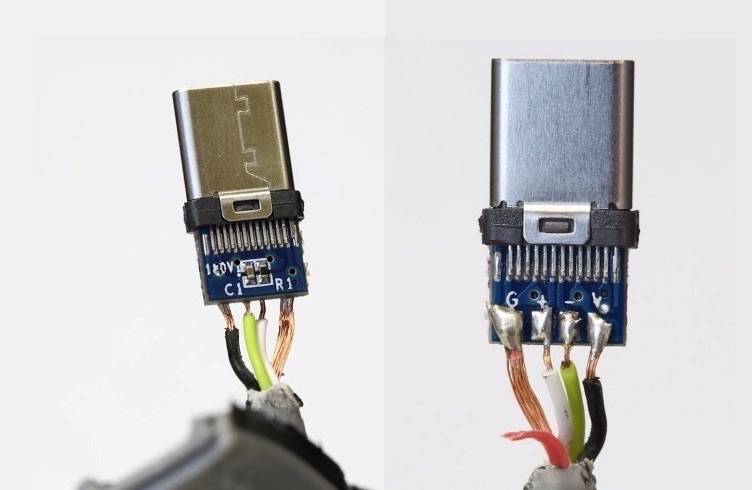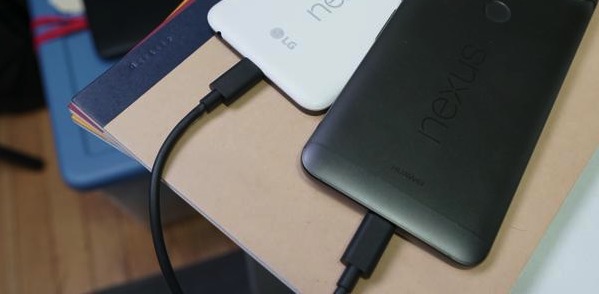
The USB Type C is a promising technology but unfortunately, it’s not a standard yet in the mobile industry. It was Apple who first supported the Type-C for notebooks and used it on their MacBooks released last year while the Chromebook Pixel followed. When it comes to smartphones, the Letv Le Superphone was first while the Nokia N1 was the first tablet to use a USB type-C cable. We’ve always been curious about which OEM will take advantage more of the new tech but movement is a bit slow for specific reasons.
USB Type-C is still relatively a young technology and there are not too many compatible gadgets and cables yet. For one, the new Samsung Galaxy S7 variants don’t have it yet. We’re guessing it’s because of the Gear VR compatibility which we all know is still new.
However, there are other companies that took the plunge like OnePlus using the speedy USB Type C port on the OnePlus 2. It even started to sell standalone USB Type C cables but a Google engineer who’s been checking and reviewing cables listed on Amazon said that the OnePlus USB Type-C Adapter and cable are also out of specs.
Amazon responded to the situation by banning poor quality cables and adapters. Some products were really bad that one USB A-to-C cable damaged the Google engineer’s Pixel. According to Benson Leung, most products completely violated the USB spec. He explained why and how each cable is not up to spec.
For OEMs and third-party developers and builders, it can be hard to set a standard because anybody can claim this or that is high quality or at least meets the minimum requirement. But to make things easier for consumers and manufacturers, the USB 3.0 Promoter Group has released an official USB Type-C Authentication specification. It’s a protocol to authenticate a USB charger or USB device. Finally, here’s a system that establishes professionalism to ensure that the cables and chargers are up to date and up to spec to for quality.

The USB Type-C Authentication software aims to empower host systems and protect them against those companies that are not keen on compliance. With the software, you can set restrictions on your devices to accept or reject some cable or chargers especially those that have not been verified. The idea is for the software to tell you if a product is safe to use or not.
This is one solution for the ever-expanding USB Type-C network. With this protocol, mobile users and OEMs can defend themselves from non-compliant and bad products.
SOURCE: USB 3.0 Promoter Group









